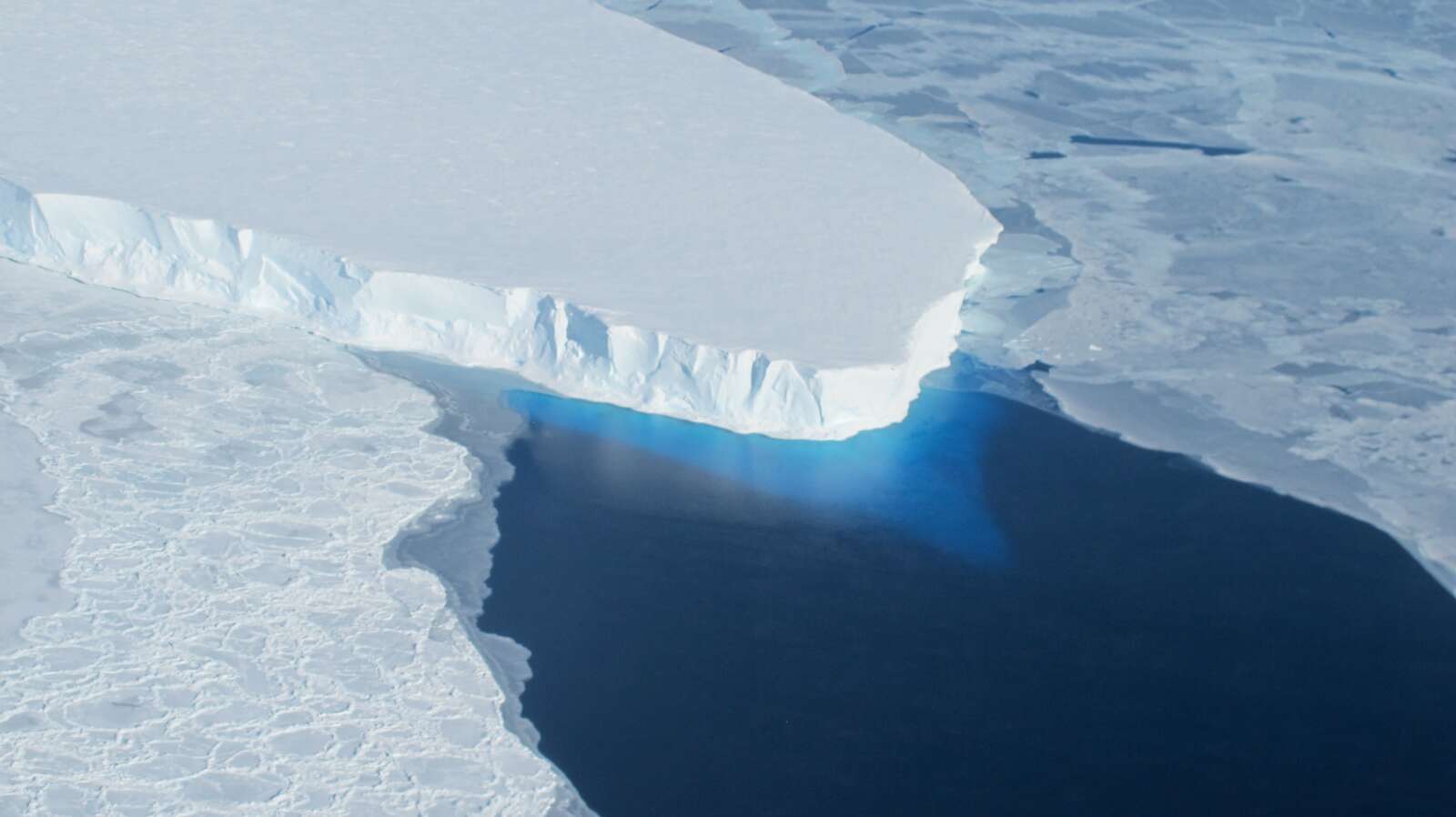

New research based on nearly two decades of satellite data demonstrates that Antarctic glaciers can transfer ice from neighboring glaciers much faster than scientists once believed possible.
The findings, published in The Cryosphere, reveal that Kohler East Glacier is “stealing” ice from the adjacent, slower-moving Kohler West Glacier.
Scientists previously thought this shift, sometimes described as “ice piracy,” took hundreds or even thousands of years. The new study reveals it can happen in less than two decades.
Researchers from the University of Leeds in the United Kingdom led the study. They used satellite images from 2005 to 2022 to monitor ice movement across eight glaciers in the Pope-Smith-Kohler region. The data came from the European Space Agency’s Sentinel-1 and CryoSat missions.
The analysis found that seven glaciers in the region had sped up over the study period. Four of them increased their flow speeds by 60% to 87%.
By 2022, six glaciers were moving at over 700 meters per year. Kohler East and Smith West recorded the largest gains, increasing by about 32 meters yearly. The Kohler West was the only glacier to slow down, its flow speed dropping by 10%.
Dr. Heather Selley, the study’s lead author, said the slowdown is likely due to a shift in flow direction. “We think that this slowdown is because Kohler West also seems to have changed direction and flowed towards its neighbour, Kohler East,” she said.
“This change in direction is likely caused by the vastly different thinning rates on the neighbouring glaciers.”
“This is effectively an act of ‘ice piracy,’” she added. “Astonishingly, thanks to satellite data, we can see that this is happening in less than 18 years, whereas we’ve always thought it was this extremely long, slow process.”
The affected glaciers are located upstream from the Dotson and Crosson ice shelves, which sit on the Amundsen Sea. Ice flowing into these shelves eventually melts into the ocean, contributing to rising sea levels.
—
Elle J
#JustSaying
(@ejames500) May 8, 2025
The study highlights a troubling pattern in a region already known for some of the fastest ice loss in Antarctica. The grounding line—where glacier ice leaves land and begins to float—has also been retreating. When that line moves inland, ice loss can accelerate further.
Professor Anna Hogg, a co-author of the study, stated that the discovery of flow redirection adds a new dimension to scientists’ understanding of glacier behavior.
“Our results suggest that ice flow redirection is an important new process in contemporary ice-sheet dynamics, which is required to understand present-day structural change in glaciers and the future evolution of these systems,” she said.
Dr. Martin Wearing of the European Space Agency said satellite technology played a key role in the findings. “This study shows how long-term satellite missions are essential for detecting and understanding changes in the polar regions,” he said.
